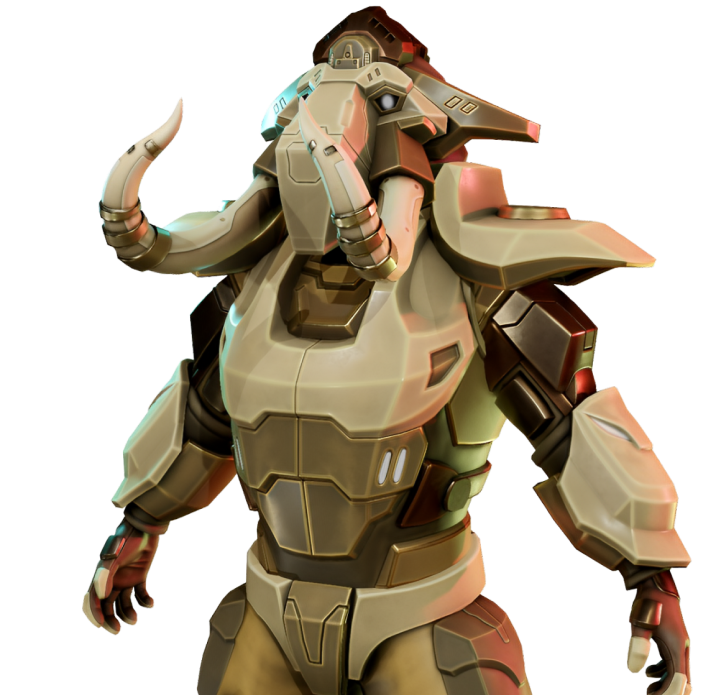In today’s gaming landscape, players crave experiences that transport them to extraordinary worlds. While mechanics and storytelling are crucial, it’s the game’s visual atmosphere that often draws players in and keeps them engaged. At the heart of this visual experience lies immersive game art—particularly in the form of 2D environmental design.
From hand-painted forests to bustling fantasy towns, 2D environments play a pivotal role in shaping a game’s identity. Let’s explore the artistry and techniques that turn flat pixels into richly layered, living worlds.
Why 2D Environmental Design Still Shines
In an era dominated by 3D graphics, 2D art remains an incredibly powerful medium for evoking emotion and storytelling:
-
Timeless aesthetic: 2D styles like hand-drawn art and pixel art resonate across generations.
-
Creative freedom: 2D environments can easily break the rules of physics and realism to create fantastical experiences.
-
Efficient for certain genres: Platformers, puzzle games, mobile games, and indie projects often benefit from 2D art’s stylistic clarity and lighter technical demands.
Most importantly, well-crafted immersive game art in 2D fosters a strong emotional connection between player and world.
Building Blocks of Immersive 2D Environments
1️⃣ Composition & Framing
A compelling 2D environment starts with thoughtful composition:
-
Use leading lines and focal points to guide the player’s gaze.
-
Balance foreground, midground, and background layers to create a sense of depth.
-
Frame important gameplay elements naturally within the scene.
2️⃣ Color & Lighting
Color evokes mood, while lighting enhances atmosphere:
-
Cool tones suggest mystery or melancholy; warm tones invite comfort or adventure.
-
Dynamic lighting (shafts of light, flickering torches, glowing flora) adds vibrancy to static images.
-
Subtle gradients and contrast can create the illusion of volume and space.
3️⃣ Texture & Detail
Rich detail anchors a world in believability:
-
Use texture brushes to add life to surfaces—weathered stone, rough bark, shimmering water.
-
Populate environments with storytelling elements—worn signs, abandoned tools, signs of life or decay.
-
Vary density of detail to avoid visual clutter while rewarding exploration.
4️⃣ Storytelling Through Environment
Immersive game art is a silent storyteller:
-
Environmental clues can hint at lore—mysterious ruins, graffiti, objects out of place.
-
Visual motifs (recurring symbols, color schemes) reinforce the game’s themes.
-
Animations (falling leaves, drifting clouds, subtle parallax) bring scenes to life.
The Power of Style
One of the great strengths of 2D environmental design is stylistic diversity:
-
Painterly: Ideal for emotional, narrative-driven games.
-
Pixel art: Evokes nostalgia and lends itself well to clarity in gameplay.
-
Graphic & stylized: Bold shapes and limited palettes for striking visual identity.
Regardless of style, the key to immersive game art is consistency—ensuring that every element belongs to the same cohesive world.
Tools of the Trade
Modern artists have access to a rich toolkit:
-
Photoshop, Procreate, and Krita for digital painting.
-
Spine and After Effects for animating 2D elements.
-
Unity and Unreal Engine for implementing layered 2D environments with parallax and lighting effects.
Emerging AI tools can also aid in texture generation or rapid prototyping, though the artist’s vision remains paramount.
Immersive game art in 2D is more than background decoration—it is the soul of a game world. Through masterful use of composition, color, texture, and storytelling, 2D environmental artists create spaces that players feel, not just see.
In an industry driven by innovation and nostalgia alike, the art of 2D environmental design continues to prove that sometimes the most captivating worlds are those painted with imagination and skill—one layer at a time.





Leave a comment